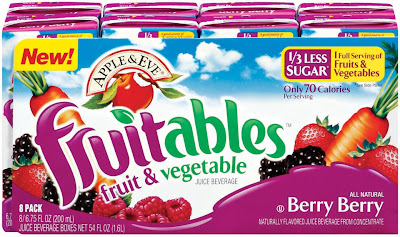Are you suffering from the winter blues? If you’ve noticed changes in your appetite, energy levels, and sleep habits, you may have seasonal affective disorder (SAD). The exact cause of SAD is unknown, but may be related to a hormonal imbalance or ambient temperature and light changes.
As with many other health issues, changing your dietary habits can help treat this condition. Increasing your intake of certain nutrients is a great place to start. Production of serotonin – a key signaling molecule in the brain that helps regulate appetite, mood, and sleep – may be increased by boosting your intake of foods rich in vitamin D, folate, and vitamin B12.
Good Sources of Vitamin D: fish with bones, shrimp, milk, fortified soy milk, fortified cereals, whole eggs, mushrooms.
Good Sources of Folate: fortified cereals, chickpeas, lentils, black-eyed peas, soybeans, dark leafy greens, broccoli, red bell peppers
Good Sources of Vitamin B12: Beef, seafood, milk, cheese, yogurt, whole eggs, fortified cereals, fortified soy milk, fortified tofu
Omega-3 fatty acids have also been shown to be “good mood foods.” Food sources of omega-3 fatty include flaxseeds, chia seeds, walnuts, canola oil, salmon, canned fish, spinach, and kidney beans. You can also find omega-3 fortified cereals, pasta, eggs, and milk.
Have you ever experienced an energy “crash?” Simple carbohydrates (refined starches such as white bread, bagels, donuts, muffins, cookies, candy, and soda) are broken down and released into the bloodstream much faster than complex carbohydrates like those found in fruit and whole grains. The sugars are used up quickly by our cells, which leaves us tired and cranky once the energy is used up. Making sure to include complex carbohydrates like fresh fruit, oatmeal, or 100% whole grain toast at breakfast can help blood sugar levels (and your moods) remain steady. In addition to helping regulate blood sugar levels, eating complex carbohydrates can trigger serotonin release and enhance feelings of calm. Throughout the day, snack on vegetables like carrot and celery sticks, red pepper slices, or cherry tomatoes. Another way to get more complex carbohydrates is to include good sources like beans, brown rice, and sweet potatoes in your meals rather than simple carbohydrates like white dinner rolls or white rice.
Another way to prevent energy highs and lows is to add a dose a protein. Including protein in your meals and snacks helps slow the release of sugars into the blood. In addition, eating protein stimulates release of the “feel-good” neurotransmitter dopamine as well as norepinephrine, which helps keep you alert.
- Instead of snacking on whole grain crackers, include some low-fat cheese or yogurt.
- Dip your celery sticks into peanut butter or hummus.
- Make lettuce roll-ups with a few slices of deli turkey, tomato, and a squeeze of mustard or low-fat dressing.
Apart from what you eat, the way you eat is also important. Going for long stretches of time without eating can sap your energy and worsen your mood. Give your body the nutrients it needs by eating every 3-4 hours. This can easily be achieved by adding in a mid-morning and mid-afternoon snack between meals.
Finally, don’t forget to drink! Staying hydrated is important to ward off fatigue and hunger. Water is the best choice, but you can add a slice of lemon, a packet of low-calorie drink mix, or a splash of fruit juice to give it some flavor.
Don’t let the cold, cloudy days get you down. In just a few weeks of incorporating these changes, you could be feeling great before the sun returns!
Thanks to Leia Kadem, University of Houston Dietetic Intern, is the guest blogger for this article. Let her know if you enjoy the article or have any questions.



















